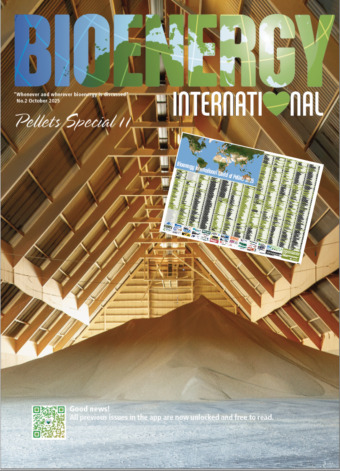In Japan, a project consortium consisting of Toshiba Energy Systems & Solutions Corporation (Toshiba ESS), Toyo Engineering Corporation (TOYO), Toshiba Corporation, Idemitsu Kosan Co., Ltd., Japan CCS Co., Ltd., and All Nippon Airways Co., Ltd (ANA) have announced that their joint proposal for a “Regional CO2 Resource Utilization Study Business Through Electrolysis Utilizing Artificial Photosynthesis Technology” has been adopted as a commissioned project by the Ministry of the Environment.

The joint proposal is in response to the call for “FY2021 Project to Promote the Creation of Circular Carbon Society Model through CO2 Recycling – Regional Revitalization Through CO2 Recycling Focusing on Production of Sustainable Aviation Fuel (SAF)” – announced by the Global Environment Bureau, Ministry of the Environment. The six companies will jointly begin a demonstration project in September 2021 which will run until March 2025.
The six companies have previously cooperated to combine the carbon dioxide (CO2) electrolysis technology developed by the Toshiba Corporate Research & Development Center for the conversion of carbon dioxide (CO2) into carbon monoxide (CO) with Fischer-Tropsch (FT) catalytic synthesis technology used to synthesize liquid fuel from CO and hydrogen to produce sustainable aviation fuel (SAF), and to study carbon recycling business models using Power-to-Chemicals (P2C).
This initiative was adopted as a commission project by the Ministry of the Environment and the six companies will study promoting both decarbonization and regional development by utilizing the infrastructure and characteristics of regional areas to achieve carbon recycling within those regions.
Specifically, Toshiba ESS will build a prototype of a full-scale CO2 electrolysis unit and conduct demonstration operation of the unit at the company’s Hamakawasaki Operations in Kawasaki City, Kanagawa Prefecture.
Based on this, the companies will create a basic plan to utilize their knowledge, technology, related plant equipment, and other resources to demonstrate the entire process from the separation and collection of CO2 to the production and consumption of SAF at potential sites in Japan including Tomakomai City in Hokkaido Prefecture.
The data and knowledge that will be obtained from this will be reflected in the regional carbon recycling society model and used to evaluate the viability of establishing a business.
Through this demonstration project, the six companies will contribute to the commercialization of a SAF supply chain based on carbon recycling as well as regional revitalization.


